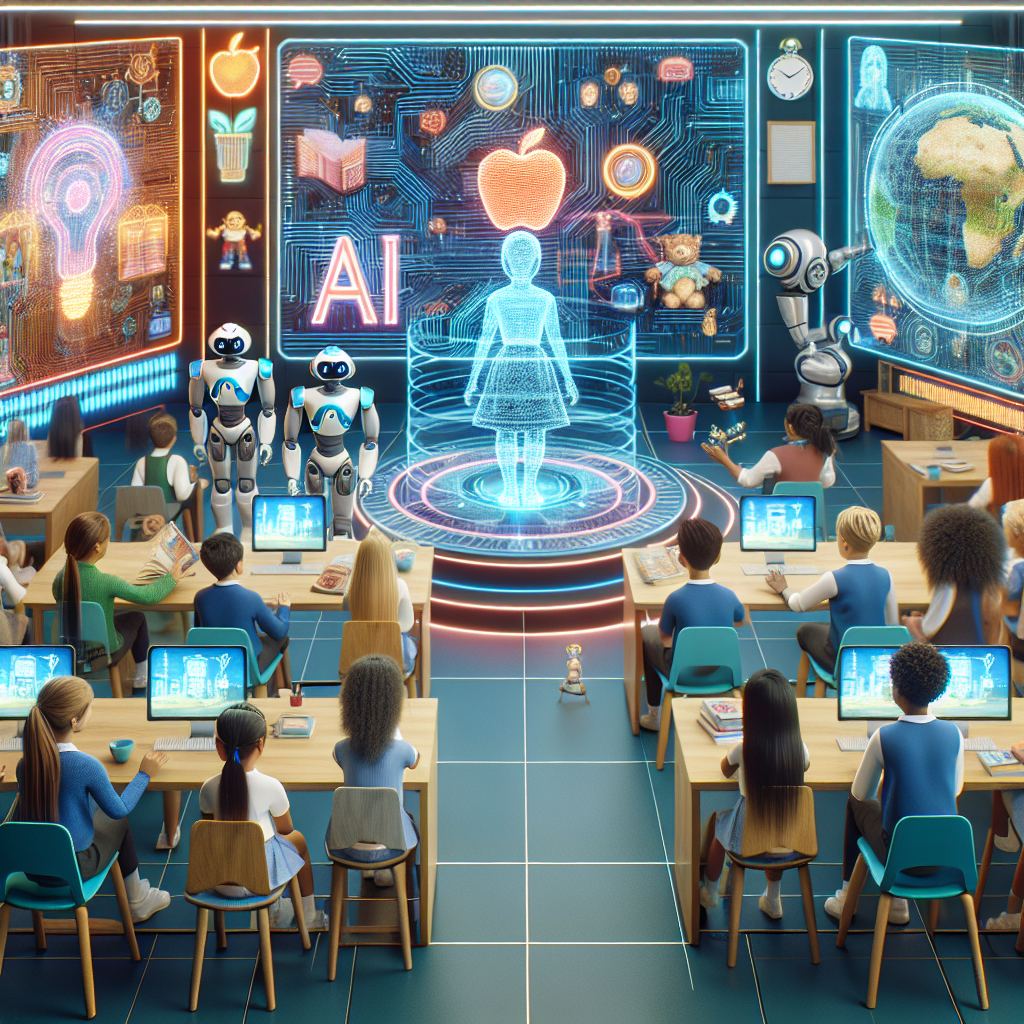Artificial Intelligence (AI) automation is revolutionizing various industries, and the education sector is no exception. With the advancement of technology, AI is being integrated into various aspects of education, from personalized learning experiences to administrative tasks. In this article, we will explore how AI automation is changing the education sector and the benefits it brings.
One of the key ways AI automation is transforming education is through personalized learning experiences. AI algorithms can analyze a student’s learning patterns and preferences to create customized lesson plans and activities. This allows students to learn at their own pace and in a way that suits their individual needs. By tailoring education to each student, AI automation is helping to improve student engagement and performance.
Another area where AI automation is making a significant impact is in administrative tasks. Educational institutions are often bogged down by paperwork, scheduling, and other administrative duties. AI automation can streamline these processes, saving time and resources for educators and administrators. For example, AI-powered chatbots can handle routine inquiries from students and parents, freeing up staff to focus on more important tasks.
AI automation is also being used to enhance the assessment and evaluation process in education. Traditional exams and assessments can be time-consuming and subjective. AI algorithms can analyze student performance data and provide real-time feedback to both students and teachers. This helps educators identify areas where students may be struggling and tailor their instruction accordingly.
In addition to personalized learning, administrative tasks, and assessment, AI automation is also being used to improve the quality of education through virtual reality (VR) and augmented reality (AR) technologies. These immersive technologies allow students to experience learning in a more engaging and interactive way. For example, students can take virtual field trips to historical sites or conduct virtual science experiments, enhancing their understanding of the subject matter.
Overall, AI automation is changing the education sector in profound ways, making learning more personalized, efficient, and engaging. However, there are also challenges and concerns that come with the integration of AI in education. Some critics worry about the potential for bias in AI algorithms, as well as the impact on jobs in the education sector. It is important for educators and policymakers to address these issues and ensure that AI automation is used ethically and responsibly.
FAQs
Q: How is AI automation being used in classrooms?
A: AI automation is being used in classrooms to provide personalized learning experiences for students. AI algorithms analyze student data to create customized lesson plans and activities tailored to each student’s needs.
Q: What are some examples of AI automation in education?
A: Some examples of AI automation in education include AI-powered chatbots for handling routine inquiries, personalized learning platforms, and VR/AR technologies for immersive learning experiences.
Q: How does AI automation benefit educators and administrators?
A: AI automation can streamline administrative tasks, saving time and resources for educators and administrators. It also provides real-time feedback on student performance, helping educators tailor their instruction more effectively.
Q: What are some challenges of implementing AI automation in education?
A: Some challenges of implementing AI automation in education include concerns about bias in AI algorithms, the impact on jobs in the education sector, and the need for ethical and responsible use of AI technologies.
In conclusion, AI automation is changing the education sector in significant ways, from personalized learning experiences to administrative tasks. While there are challenges and concerns that come with integrating AI in education, the benefits of AI automation are clear. By embracing AI technologies responsibly, educators and policymakers can help to create a more efficient, engaging, and effective learning environment for students.

